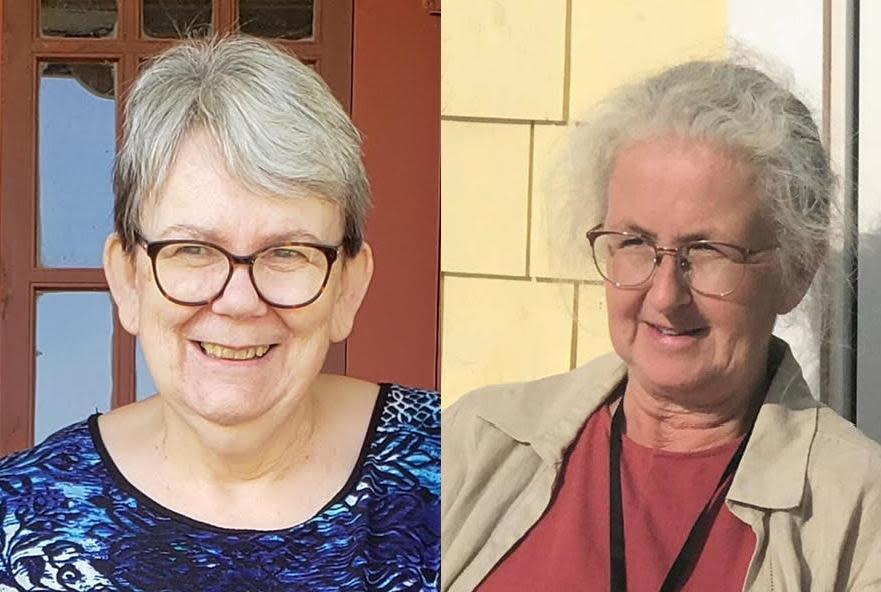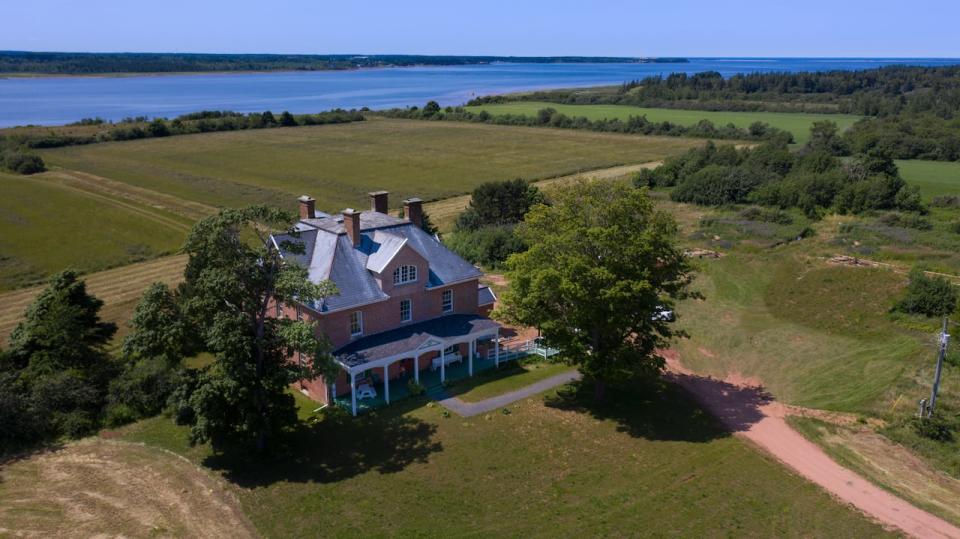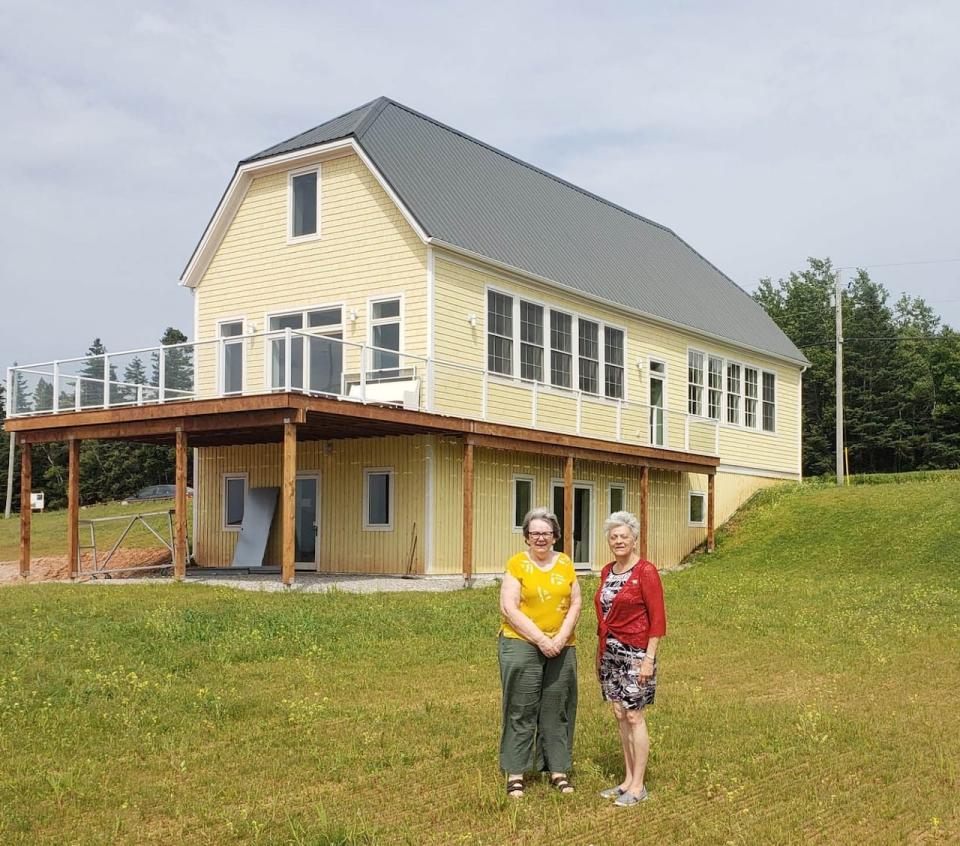Honorary degrees recognize preservation of historic property in Tracadie, P.E.I.
The large red brick building in Tracadie had been vacant and deteriorating for years, but when the Glenaladale House property came up for sale, members of the P.E.I. Scottish Settlers Historical Society stepped up to preserve it.
For that action, and for setting up the Glenaladale Heritage Trust to have the estate designated as a historic site, Mary Gallant and Aggie Rose Reddin received honorary degrees from the University of Prince Edward Island this spring.
Both women remember their first time seeing the property.
"I first was introduced to it in 1972," said Gallant. "And I was just blown away. ... It was just a beautiful place."
She recalls one meeting at which Genevieve MacDonald, a founding member of the P.E.I. Scottish Settlers Historical Society, said: "You know, that place is going up for sale someday, and it'd be too bad we couldn't buy it... That's a pipe dream."
Gallant said she sat there thinking: "Well, why not?"

When the house did come on the market, Gallant called Reddin and Myrna Babineau, another member of the society, and they booked a tour of the house.
Reddin hadn't been to the property until then. She remembers standing at the top of the lane near the house and thinking: "Oh my God."
"Yes, there's the house. But it's also 530 acres of farmland and forest, and 2,000 feet of shorefront, and beautiful landscape," she said.
All I could think of was somebody coming in who didn't know the history, and throwing everything out. — Aggie Rose Reddin
Gallant said she couldn't get to sleep the night after that fateful tour.
"All I could think of was somebody coming in who didn't know the history, and throwing everything out," she said.
'Just as well we didn't know'
Gallant said the first step was to educate people about the property's history and value. They also had to "line up the political end of things," juggling varying levels of federal and provincial support for the restoration.
"If we'd known that heritage was so far down on the list of things that people will donate money to ... It was probably just as well we didn't know, let's put it like that," she said.

"I think we've become complacent as Islanders," she added. "It's kinda like, when it's with you, you don't appreciate its value... People tend to not appreciate it.
"But we see people who come here and visit in the summer, and they're just blown away by it."
Their efforts paid off in 2018, when the Glenaladale House was designated a historic place.
Reddin said that one of the most striking things about the house is its authenticity.
"It remains, to the greatest extent possible, as it was... That's the thing that sets the house apart, and we get that reaction from our visitors."
A moving schoolhouse
There's also an old schoolhouse building on the property, and it's been moved three times over the years.
The building was erected on the property in 1899, but was later moved closer to St. Bonaventure Church. After its time as a school was over, it was moved back to the Glenaladale property, where it was used as a storage shed.

Then the Scottish Settlers Historical Society moved it again, to the top of the hill where it now sits.
The property also features a pergola, a large covered gazebo area, which was set up to replace a tent that post-tropical storm Fiona destroyed in September 2022.
The pergola can be used for concerts, as well as rented out for family reunions, weddings, and other events.
The Scottish Historical Society hopes the revenue it generates will help keep the trust that funds the property going for many more years to come.


